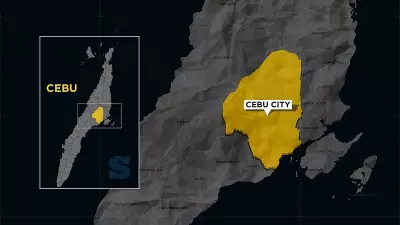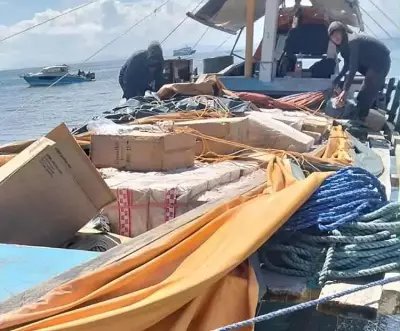
Cebu's rapid industrial expansion faces a significant threat that could derail its economic progress: a growing mismatch between available talent and industry requirements. As the province positions itself as an economic powerhouse in the Visayas region, this talent gap emerges as the single biggest challenge to sustainable growth.
The Skills Mismatch Crisis
Industry leaders across Cebu's key sectors are sounding the alarm. From manufacturing and information technology to tourism and business process outsourcing, employers consistently report difficulties finding workers with the right skills and qualifications. This shortage isn't just about numbers—it's about quality and relevance of training.
The consequences are already visible: delayed project timelines, reduced operational efficiency, and missed investment opportunities. Companies expanding in Cebu must often invest significantly in additional training or bring in talent from other regions, increasing costs and slowing down growth momentum.
Root Causes of the Talent Shortage
Several factors contribute to this pressing issue. The educational system, while producing graduates in substantial numbers, often fails to align curriculum with evolving industry needs. There's also a geographical mismatch, with talent concentrated in urban centers while industrial zones expand in developing areas.
Additionally, the rapid pace of technological change means that skills become obsolete faster than educational institutions can adapt. This creates a perpetual gap between what industries need and what the workforce can offer.
Collaborative Solutions in Motion
Forward-thinking stakeholders are already taking action. Industry-academe partnerships are emerging as a powerful solution, with companies working directly with educational institutions to design curriculum, provide practical training opportunities, and ensure graduates are job-ready.
Technical and vocational education is receiving renewed attention, with focused programs designed to equip workers with specific, high-demand skills. Upskilling and reskilling initiatives for existing employees are also gaining traction, recognizing that the solution isn't just about new graduates but also about enhancing current workforce capabilities.
The Economic Stakes
The urgency of addressing this talent gap cannot be overstated. Cebu's strategic position as an economic hub in the central Philippines depends on its ability to provide a skilled, reliable workforce. Foreign investors considering Cebu consistently cite talent availability as a key factor in their location decisions.
Without decisive action, Cebu risks losing its competitive edge to other emerging regions in the Philippines and Southeast Asia. The window for addressing this challenge is narrowing as global economic conditions create both opportunities and pressures for rapid adaptation.
Path Forward for Sustainable Growth
Success will require coordinated effort across multiple fronts. Government agencies, educational institutions, industry associations, and private companies must collaborate to create a comprehensive talent development ecosystem.
Key priorities include:
- Enhanced data collection on current and future skill requirements
- Modernized educational infrastructure and teaching methods
- Strengthened apprenticeship and on-the-job training programs
- Career guidance that highlights high-demand fields
- Continuous learning opportunities for working professionals
The transformation won't happen overnight, but with sustained commitment, Cebu can bridge its talent gap and secure its position as a leading economic center in the Philippines for decades to come.





